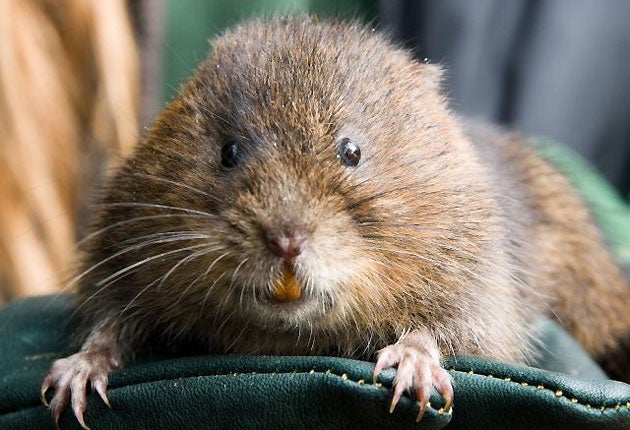Wise owls cash in as vole population soars

Your support helps us to tell the story
From reproductive rights to climate change to Big Tech, The Independent is on the ground when the story is developing. Whether it's investigating the financials of Elon Musk's pro-Trump PAC or producing our latest documentary, 'The A Word', which shines a light on the American women fighting for reproductive rights, we know how important it is to parse out the facts from the messaging.
At such a critical moment in US history, we need reporters on the ground. Your donation allows us to keep sending journalists to speak to both sides of the story.
The Independent is trusted by Americans across the entire political spectrum. And unlike many other quality news outlets, we choose not to lock Americans out of our reporting and analysis with paywalls. We believe quality journalism should be available to everyone, paid for by those who can afford it.
Your support makes all the difference.The tawny owl population in one of the UK's largest forests is booming as a result of the harsh winter, a Forestry Commission expert said today.
There has been a significant increase in the number of voles, which the birds of prey feed on, in Kielder Forest, Northumberland, and experts believe this is linked to the recent cold weather.
The large amount of snow which fell in the forest during the winter allowed voles to hide from prey and breed successfully, said Martin Davidson, an ornithologist with the Forestry Commission.
He added: "With all the young voles available now, the tawny owls have cashed in on that and the population is doing really well."
"At Kielder we have 105 nesting pairs, with eggs. And excitingly, this year, we have four clutches of five eggs which is the most tawny owls ever lay.
"This is undoubtedly linked to the number of voles. The more voles there are the more eggs the birds can lay.
"In a good year like this the chicks have more voles than they can eat and in one box we found a record 49 voles waiting to be eaten and the chicks were already stuffed to the gunnels."
A brood of tawny owl chicks, which were about 21 days old, were ringed today with identification tags as part of an ongoing research project at Kielder Forest.
Mr Davidson said: "We need to ring all the chicks to record whether it's the same bird or a new bird using the territory.
"The only way we can do that is by using a ring on the leg as it's a great way of identifying the bird."
The Forestry Commission has been studying the birds for 30 years and there are almost 300 boxes erected in the area.
Join our commenting forum
Join thought-provoking conversations, follow other Independent readers and see their replies
Comments